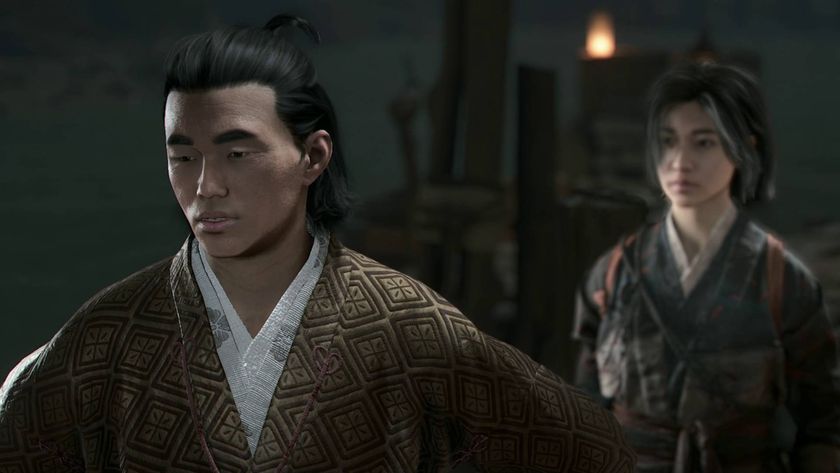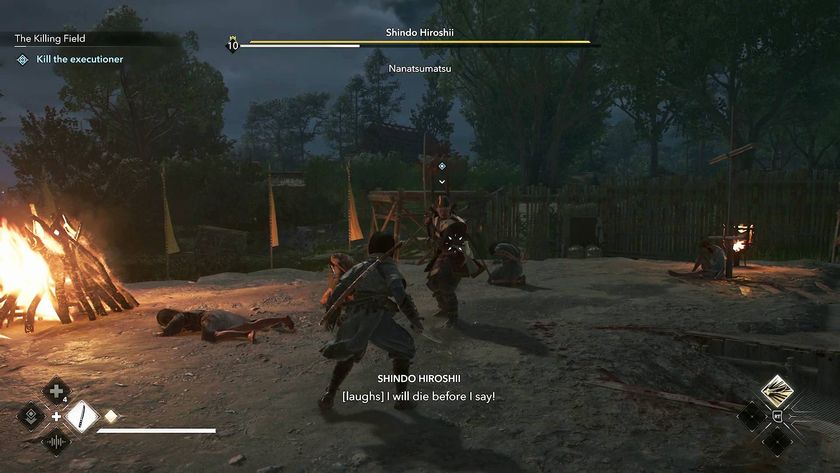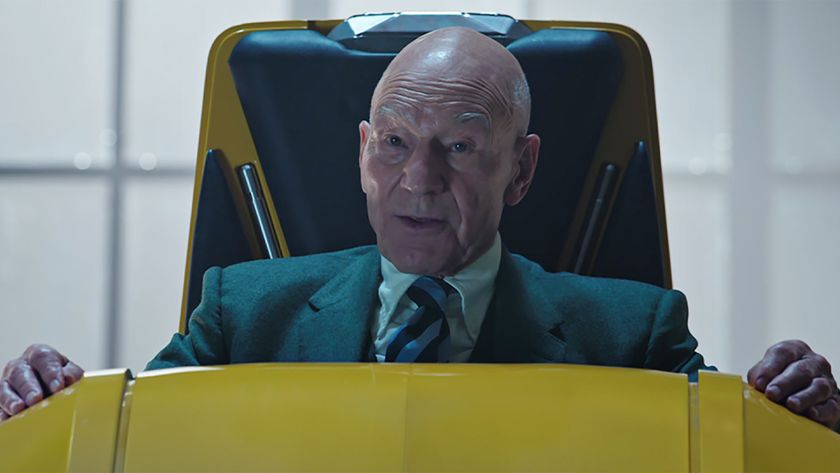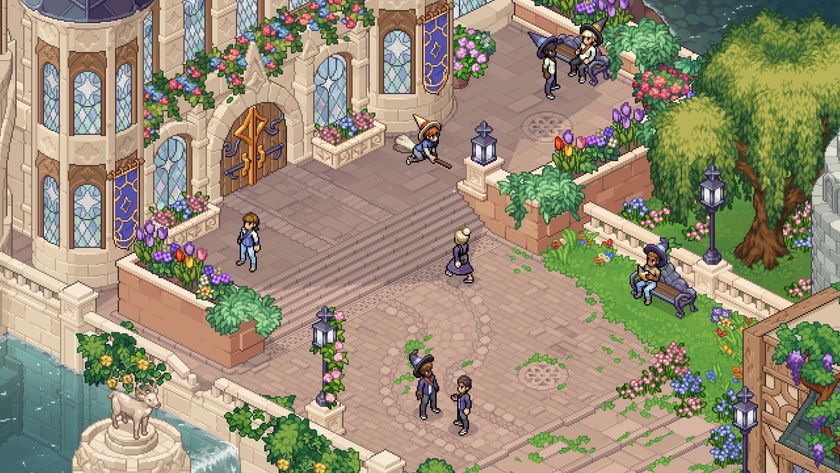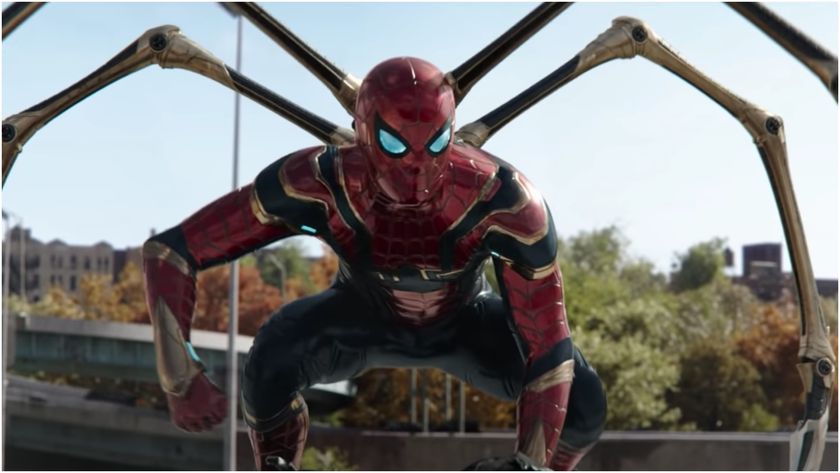The rise and fall of the mine cart level
The art, science, and tragic history of the greatest gaming innovation known to man
Truly, Donkey Kong Country’s mine carting changed everything. So influential was it that games that didn’t even have a place for mine carting startedto includemine cart rides, andall traditionally rail-friendlytitleshad to exponentially up their game. A quintessential example of this more hardcore “Nu-mining” movement is inleveltwo of Treasure’s Gunstar Heroes.
A darker, grittier, and overall more “in-yo-face-bitches” mine carting experience (hey, it was the ‘90s), it not only turned mine carts into controllable, lightning fast combat vehicles, it tookproper man's cartingto its logical, gravity-defying conclusion by allowing the player to jump between rails on both the ground and the ceiling. And ride down the sides of vertical shafts. And this was 14 years before the 'pioneering'. Are you now beginning to see how mine carts are responsible for all that is good in gaming?
And yes, we said 14 years before Super Mario Galaxy. Gunstar Heroes came out in 1993, proving that Donkey Kong Country’s influence was so powerful it could even travel backthrough time.
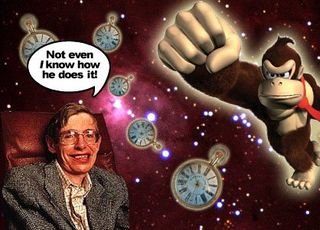
As far as previously cartless games joining the mine carty party, no coup was greater for the carting movement than enticing Final Fantasy into its midst with 1995’s Final Fantasy VI. You thought the announcement of Final Fantasy XIII on the Xbox 360 was a big deal? You should have been a carter back in ’95. Okay, so the cart might not have been controllable, but Final Fantasy being Final Fantasy, this was epic carting.
Not only did it include a freakin’ boss fight, it also used the SNES’ famed Mode 7 technology to create a rare example of first-person carting (FPC). Fun fact: So groundbreaking was this innovation that Valve spent the following three years trying to turn FPC into a full-length game named Cart-Life. Not even Valve could pull this off though, as, according to Gabe Newell, “Mine carts are just too awesome to process for that long”. The remnants ofthe project can be seen during the tram ride at the beginning of Half-Life and in the latter sections of Half-Life 2’s “We Don’t Go To Ravenholm”.
Not eventhe long-time stalwarts of 2D platforming could help but be affected by the influence of mine carting during the ‘90s. Even Sonic demanded a steel-wheeled speed boost in the Master System version of Sonic the Hedgehog 2. The normally sedate Dizzy indulged in some kinetic rail riding in his console debut. And then in 1996, the circle in many ways became truly complete, as the mighty Mario joined the carting fraternity in Super Mario RPG.
Donkey Kong Country’s influence was now ultimate. Shigeru Miyamoto himself had produced a game which utilised long-standing Nintendo characters, rendered as 3D modelled sprites, riding mine carts. The Rare/Nintendo balance of power had shifted, and things would never be the same again. Some even infer, in hushed whispers, that this rivalry over the all-important matter of mine carting may have sowed the seeds for the two companies’ eventual split eight years later.
Sign up to the GamesRadar+ Newsletter
Weekly digests, tales from the communities you love, and more

